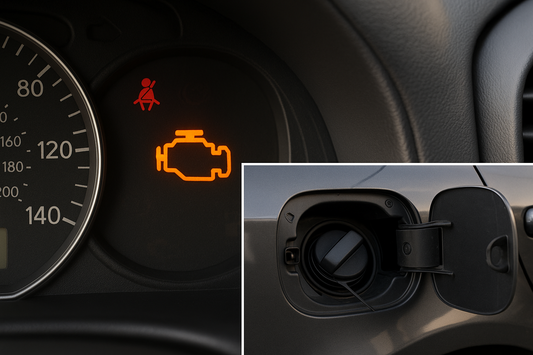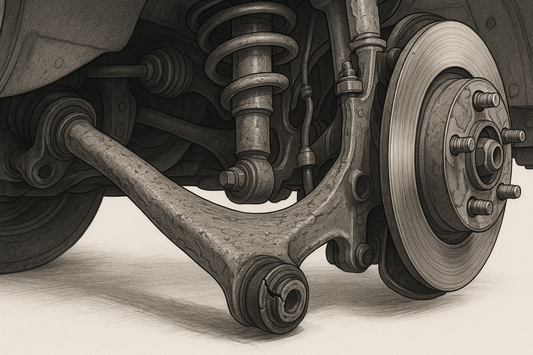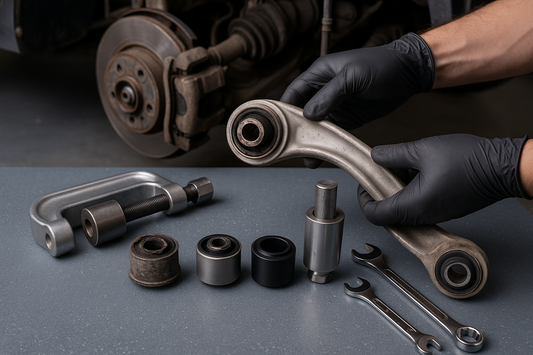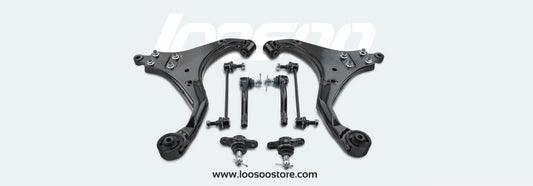When it comes to vehicle suspension systems, “strut assembly” and “shock absorber” are terms often used interchangeably, but they actually serve distinct roles. Both components help absorb bumps and improve ride quality, but their design, function, and placement in the suspension system differ. Here’s a breakdown of the differences between strut assemblies and shock absorbers, helping you understand which component your vehicle might need.
What is a Shock Absorber?
A shock absorber is a standalone component designed to dampen the motion of the vehicle’s springs, controlling the bounce, sway, and movement caused by uneven roads. Shock absorbers work by using hydraulic fluid or gas to absorb and dissipate the energy from the springs’ movement. This process keeps the wheels firmly planted on the road, improving vehicle stability, handling, and ride comfort.
- Function: Controls bounce and sway from road irregularities.
- Construction: Typically a cylindrical component filled with fluid or gas.
- Position: Commonly found on the rear suspension of many vehicles, though some vehicles may have shock absorbers on all wheels.
What is a Strut Assembly?
A strut assembly combines a shock absorber with other suspension components, including a coil spring and a strut mount. This all-in-one design provides support to the vehicle’s suspension while also damping movement. Unlike shock absorbers, strut assemblies are load-bearing and play a crucial role in maintaining the vehicle’s alignment and ride height. The assembly is generally more robust and can be found on the front suspension of many vehicles.
- Function: Combines damping with structural support, influencing steering and alignment.
- Construction: Includes a shock absorber, coil spring, strut mount, and often additional hardware.
- Position: Commonly found in the front suspension of most modern cars, though some vehicles use struts on all four corners.

Key Differences Between Struts and Shocks
Role in Suspension
- Shocks: Primarily dampen spring movement to improve ride quality.
- Struts: Provide both damping and structural support, essential for steering and alignment.
Design
- Shocks: Generally simpler and only contain fluid or gas to absorb energy.
- Struts: More complex, combining multiple parts like springs and mounts into a single assembly.
Impact on Steering and Alignment
- Shocks: Do not affect vehicle alignment or steering geometry.
- Struts: Are crucial for maintaining proper alignment and are an integral part of the steering system in front-wheel-drive vehicles.
Cost and Replacement
- Shocks: Typically less expensive and easier to replace due to their simpler design.
- Struts: Cost more due to their complexity and often require a more involved installation process.

When to Replace Shocks vs. Struts
Knowing when to replace shocks or struts can improve your vehicle’s safety and handling. Signs that it’s time for replacement include:
- For Shocks: Excessive bouncing, swaying, and poor ride comfort. Leaking hydraulic fluid around the shock absorber also indicates a need for replacement.
- For Struts: Reduced steering control, uneven tire wear, and noises coming from the front suspension. Since struts affect alignment, they may need to be replaced in pairs to ensure balance.
Choosing Between Shocks and Struts
If you’re unsure about what your vehicle needs, it’s helpful to know that:
- Some vehicles have only shocks (usually on the rear axle) or only struts (often in the front suspension).
- Many vehicles use a combination of shocks and struts depending on the design of their suspension system.
Understanding the difference between a strut assembly and a shock absorber can help you make informed decisions about suspension maintenance. Struts provide structural support and play a role in steering, while shocks mainly control movement to ensure a smooth ride. Knowing which component your vehicle uses and the signs of wear can help you maintain optimal performance and safety on the road.










